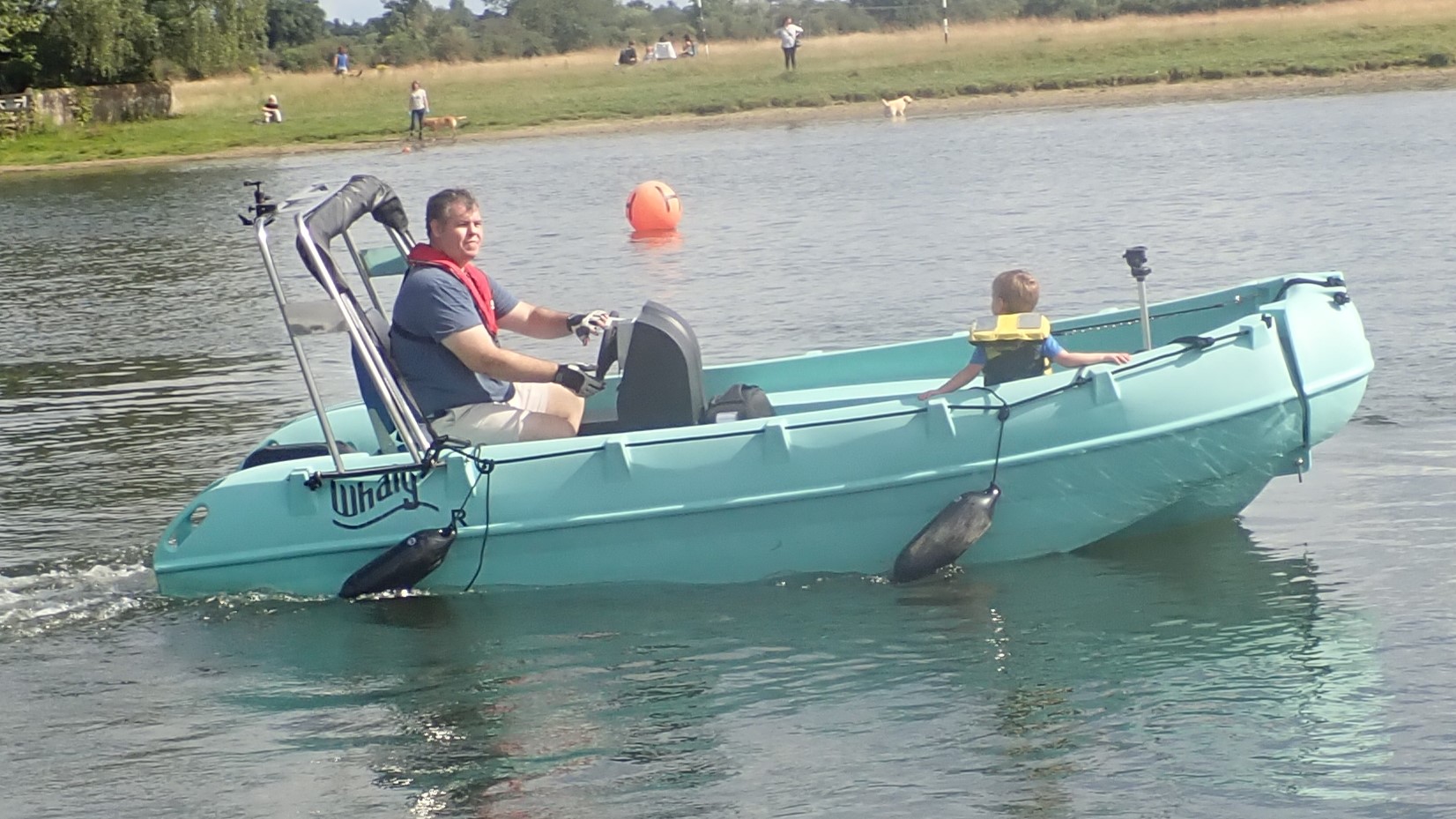In Episode 5, we move into the practical side of powerboat handling, starting with the foundational technique of "steer, then gear." We’ll also explore the impact of wind and stream on your boat’s movement and the concept of pivot points when moving forward and astern. Let’s dive in!
"Steer, Then Gear": Setting the Rudder First
The phrase "steer, then gear" is a reminder to set the rudder direction before applying power. Unlike a car, where you steer while moving, a powerboat benefits from pre-setting the steering before putting the boat into gear. This technique gives you greater precision, especially when manoeuvring at slower speeds or in tight spaces.
Set the Rudder:
Turn the rudder to your desired direction.
Apply Power:
Once your rudder is set, apply gentle power. This will cause the boat to respond immediately to the pre-set direction, preventing the delays and drifts that can occur when steering while moving.
One of the unique aspects of boat handling is learning how external forces like wind and water current (stream) impact your movement. These forces are especially noticeable at slow speeds:
Wind:
Wind can push your boat sideways or make it challenging to maintain a steady course. Be aware of the wind’s direction and strength before you set off, and compensate as needed. The direction of the wind can often be observed by
flags,
wind indicators on the top of boats, a burgee
the wind ruffling the surface of the water.
When the boat is not moving, the craft will be blown down wind.
There are three things that affect this.
1) The mass of the boat: the heavier the boat , the longer it will take to be affected.
2) The size and shape of the boat. Boats with higher sides are more affected.
3) Craft with larger hulls tend to move more slowly.
Stream (Current):
On rivers, the stream can carry the boat downstream, so you’ll often need to apply more power when moving against it. When moving with the stream, be cautious, as even small adjustments can lead to greater shifts in direction or speed.
If you watch a river flow you will often see that different parts of the river flow at different speeds. The same is true in the sea but because of the waves it is often more difficult to see. Sometimes the direction of the waves can give and idea.
The stream often affects boats more when mooring, so it is important to look for signs such as:
weed on pontoons,
debris passing by,
Water stacking up around piles.
Every boat has a pivot point—the spot around which it effectively “pivots” while moving. Understanding this is crucial for making precise turns and manoeuvres:
Forward Movement:
When going forward, most boats have a pivot point roughly one-third of the way back from the bow. This means that, in forward motion, the bow will swing out wider during turns while the stern remains relatively stable.
Astern (Reverse) Movement:
When reversing, the pivot point moves to about one-third from the stern. This switch in pivot points can take some getting used to, as the boat behaves quite differently in reverse, with the stern swinging out more during turns.
A pivot turn is especially useful when operating in narrow spaces where a large turning circle isn't possible. Here’s how to execute this manoeuvre effectively.
Step-by-Step Guide to Turning Around in a Tight Space:
Prepare for the Turn:
Reduce Speed:
Slow down to a near-idle speed, with the boat in neutral often.
Assess Conditions:
Check the wind and current direction; they’ll affect how easily you can turn. If the current is strong, aim to turn with it, not against it.
Start the Turn Using Forward Gear:
Engage Forward Gear with Rudder Set: Turn the rudder in the direction you want to pivot. For example, if you want to turn to the right, set the rudder to starboard (right).
Apply a Small Burst of Power:
This will initiate the turn, allowing the bow to move in the desired direction.
Switch to Reverse Gear:
Set the Rudder to Opposite Direction: To continue turning, switch to reverse and set the rudder to the opposite side (if you initially turned right, set the rudder to port for the reverse).
Apply Another Small Burst of Power:
This pulls the stern around, helping the boat complete the turn more tightly.
Alternate Between Forward and Reverse:
Continue using short bursts in forward and reverse, adjusting the rudder to keep the boat pivoting each time. This “back-and-fill” technique gradually rotates the boat in place.
Complete the Turn:
Once the boat is facing the opposite direction, centre the rudder.
Move into forward gear to regain speed and continue on the new heading.
When moving at slow speeds, keep the power in neutral most of the time, engaging the throttle only when you need a burst of control. At low speed:
Short Power Bursts:
Apply short bursts of power to guide the boat while keeping it mostly in neutral. This prevents the boat from building up unwanted speed and gives you time to react.
Using Momentum:
Let the boat’s natural momentum work for you. You'll achieve smoother, more controlled movements by using small power inputs and letting the boat coast.
In this episode, we’ve taken the first steps into boat handling, focusing on some of the fundamentals that make all the difference in tight quarters and tricky conditions. By mastering "steer, then gear," learning to compensate for wind and stream, and understanding your boat’s pivot points, you’ll be well on your way to smooth and confident boat control. Next time, we’ll explore handling techniques for docking and undocking—skills that put all these basics to the test!
